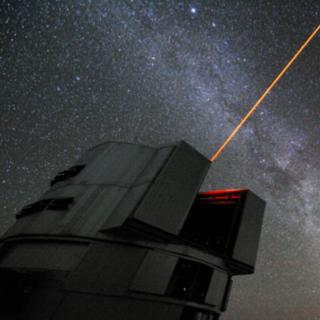Bibcode
Pietrinferni, A.; Monelli, M.; Cassisi, S.; Bono, G.; Buonanno, R.; Fusco, F.
Referencia bibliográfica
Astronomy and Astrophysics, Volume 548, id.A129, 5 pp.
Fecha de publicación:
12
2012
Revista
Número de citas
16
Número de citas referidas
15
Descripción
On the basis of a new photometric analysis of the Local Group dwarf
irregular galaxy NCG 6822 based on observations obtained with the
Advanced Camera for Surveys onboard the Hubble Space Telescope, we have
obtained a new estimate of the extinction of two fields located in the
southeast region of the galaxy. Because of significant differences in
the distance estimates to NGC 6822 available in literature, we decided
to provide an independent determination of the distance to this galaxy
based on an updated and self-consistent theoretical calibration of the
tip of the red giant branch brightness. As a result we newly determined
the distance to NGC 6822 to be equal to (m - M)0 = 23.54
± 0.05, and compared our measurement with the most recent
determinations of this distance.
Based on observations collected with the ACS onboard the NASA/ESA
HST.Photometric data are only available at the CDS via anonymous ftp to
cdsarc.u-strasbg.fr (130.79.128.5) or via http://cdsarc.u-strasbg.fr/viz-bin/qcat?J/A+A/548/A129
Proyectos relacionados

Evolución Galáctica en el Grupo Local
La formación y evolución de galaxias es un problema fundamental en Astrofísica. Su estudio requiere “viajar atrás en el tiempo”, para lo cual hay dos enfoques complementarios. El mas extendido consiste en analizar las propiedades de las galaxias a diferentes distancias cosmológicas. Nuestro equipo se concentra en el otro enfoque, denominado
Emma
Fernández Alvar